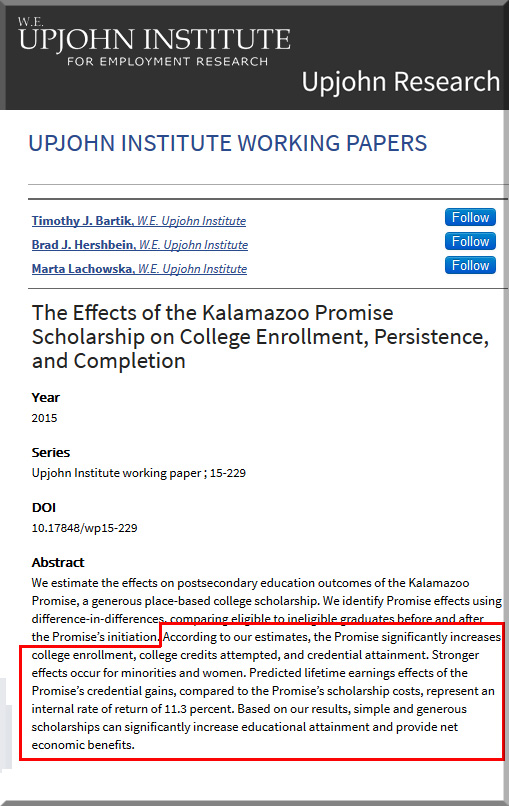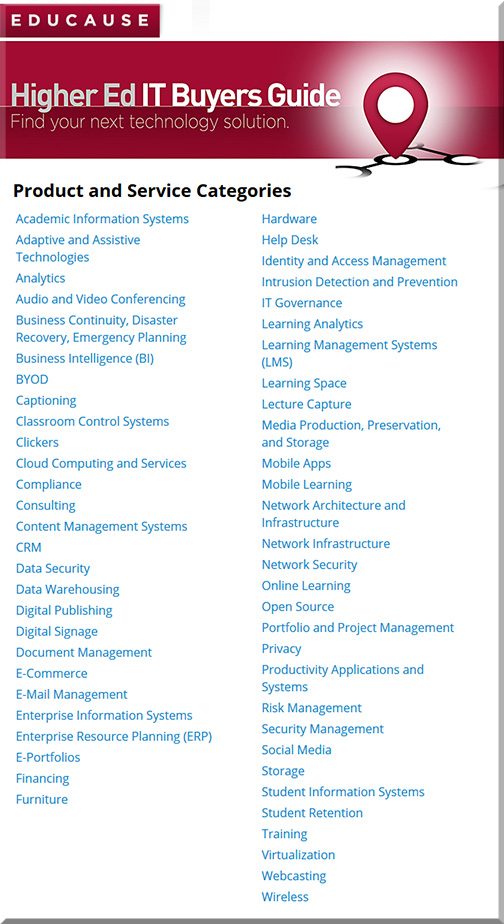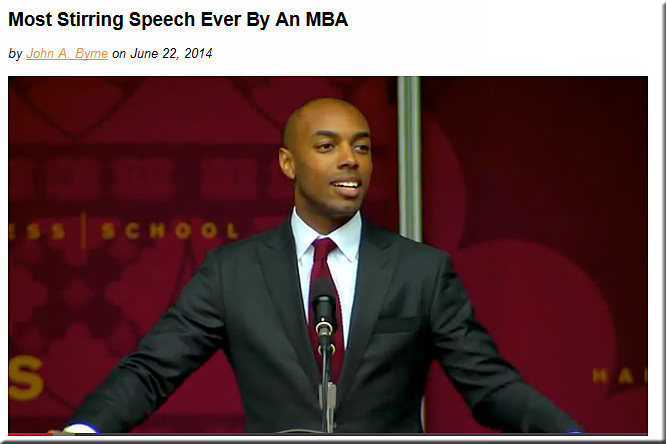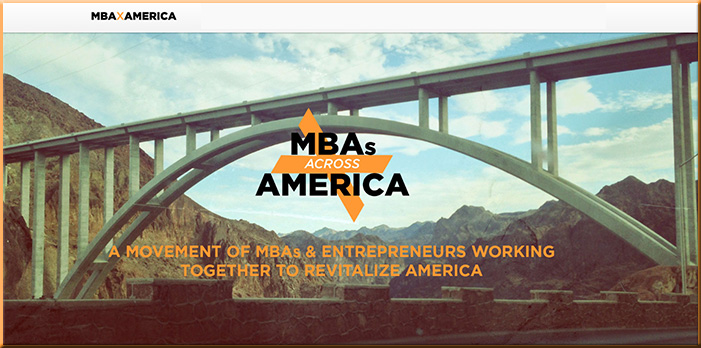University of Phoenix owner, Apollo Education Group, will be taken private — from nytimes.com by Patricia Cohen and Chad Bray
Excerpt:
The troubled for-profit education company that owns the giant University of Phoenix agreed on Monday to be bought for $1.1 billion by a group of investors that includes a private equity firm with close ties to the Obama administration.
The university and its owner, the Apollo Education Group, have been subject to a series of state and federal investigations into allegations of shady recruiting, deceptive advertising and questionable financial aid practices.
In recent years, many for-profit educational institutions that have received billions of dollars in federal aid, including the University of Phoenix, have been pummeled by criticisms that they preyed upon veterans and low-income students, saddling them with outsize student loan debt and subpar instruction.
Also see:
- New education department office to crack down on colleges — from wsj.com by Josh Mitchell
Student Aid Enforcement Unit will focus on schools accused of misconduct
Excerpt:
The Obama administration plans to boost the federal government’s power to investigate and punish colleges accused of deceptive marketing tactics and other misconduct, part of a campaign to address years of student complaints about for-profit institutions.
Also see:
Student Aid Enforcement Unit Formed to protect students, borrowers, taxpayers — from ed.gov on 2/8/16
Excerpt:
As part of the Obama Administration’s aggressive action to protect students and taxpayers, the U.S. Department of Education is creating a Student Aid Enforcement Unit to respond more quickly and efficiently to allegations of illegal actions by higher education institutions.
“When Americans invest their time, money and effort to gain new skills, they have a right to expect they’ll actually get an education that leads to a better life for them and their families,” said Acting Secretary of Education John B. King Jr. “When that doesn’t happen we all pay the price. So let me be clear: schools looking to cheat students and taxpayers will be held accountable.”
From DSC:
For profits have brought some solid things to the education table…but they’ve also brought some bad practices to the table as well. To some degree, the above items relate to the efforts and influence of the federal government to affect institutions involved in higher education.
Taking this thought into a different direction then…one should think carefully, therefore, when the federal government opens up new efforts to support innovation within higher education — something I support, by the way, as it could facilitate the creation of alternative pathways for learners and it finally enforces some true competition — and therefore a greater emphasis on innovation — within the higher ed landscape. (Yes I realize that there’s some level of competition within institutions of traditional higher education…but historical and current accreditation practices have pretty much kept things looking quite similar across the landscape.)
Institutions of traditional higher education may now be forced to rethink their game plans and strategies as they move forward — something I hope that will positively impact our future students. Such forces and events should make institutions of traditional higher education more innovative, open to change (where it’s needed), relevant, and responsive to changes in the environment.

















